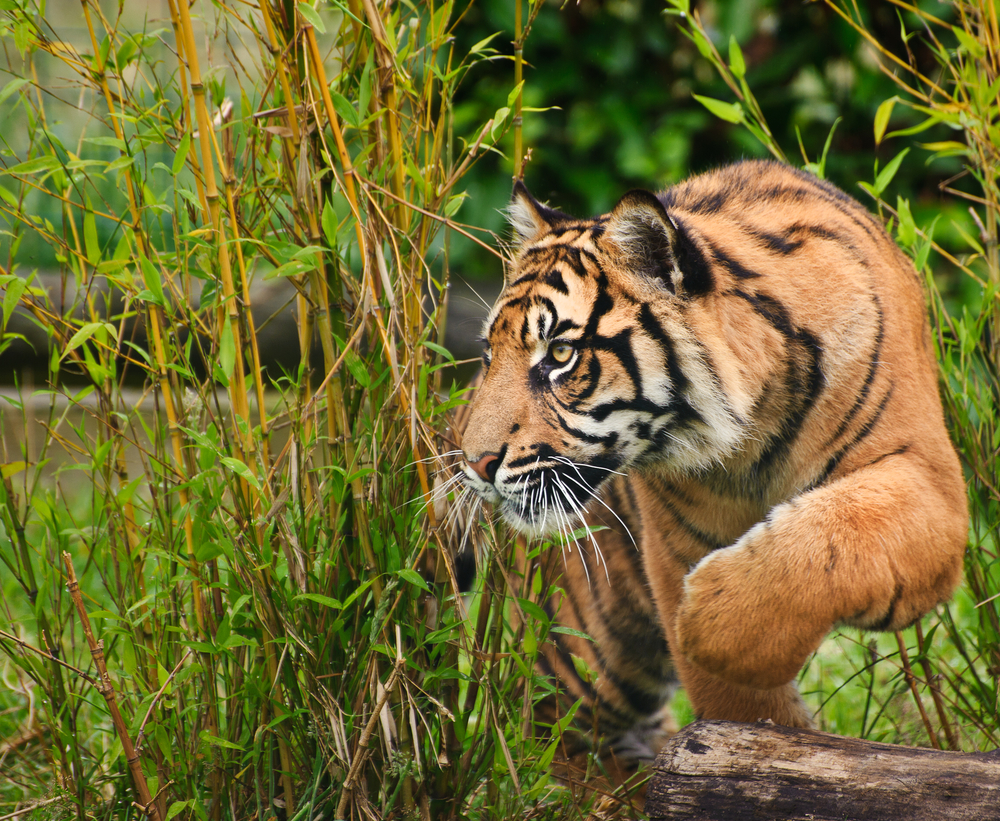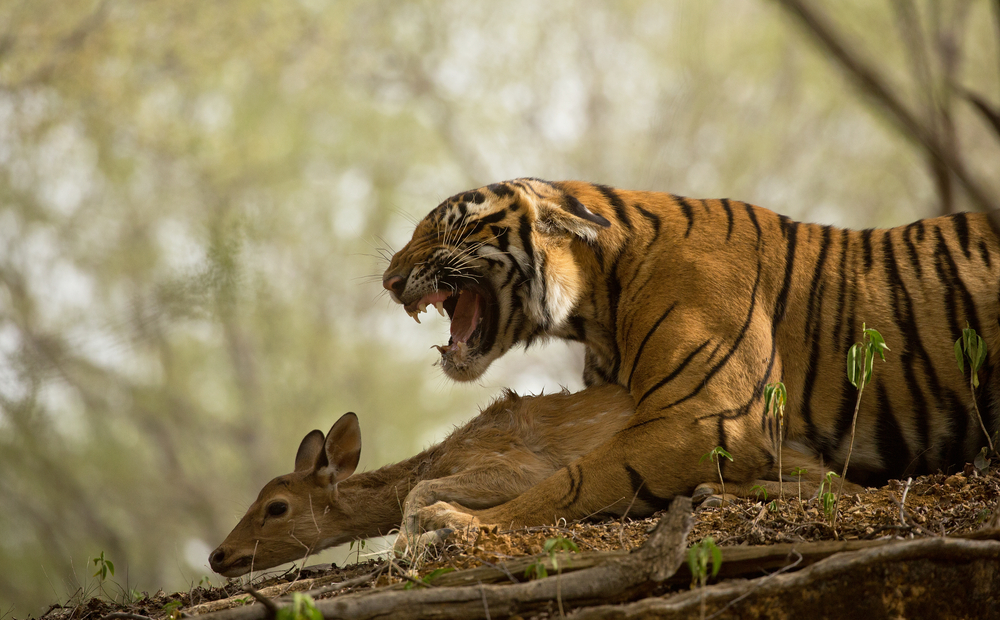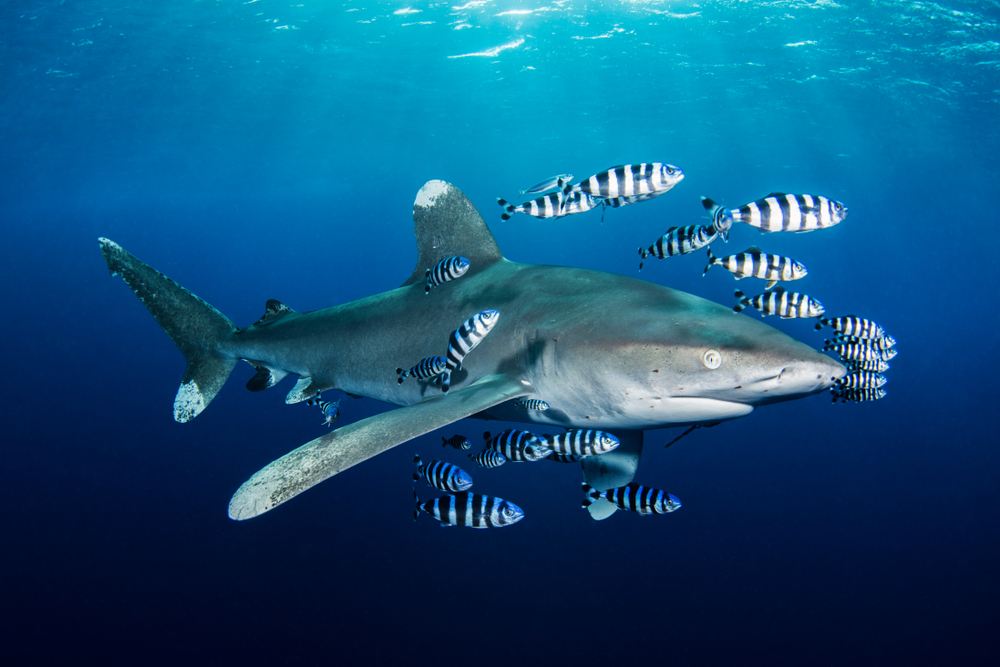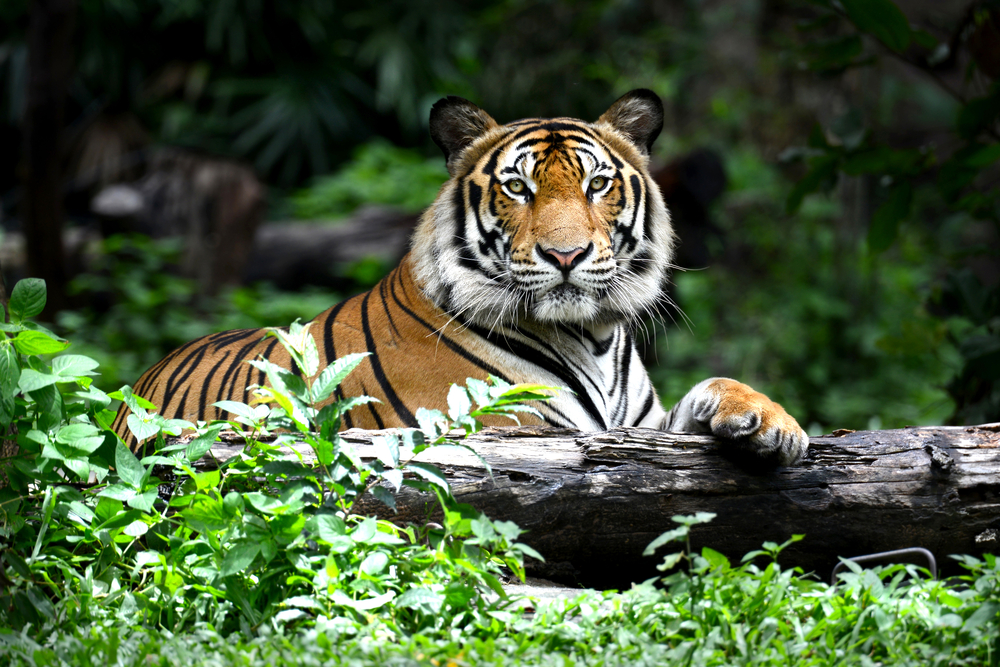Haiti does not have tigers. There is an urban legend that Haiti was home to tigers at some point in the country’s history, but this is simply not the case.
Some of that is in part due to the film The Last Tiger in Haiti, which is more a tale of poverty and oppression in Haiti than a story about tigers.
Tigers don’t live in Haiti and will never migrate there unless an exotic pet owner brings a pair and decides to breed them. This is, of course, an unlikely scenario.
Haiti is a dry and warm country with mountain ranges but very few forest lands that tigers need to thrive.
Haiti is home to its own share of endangered creatures and home to many unique animals but tigers are not one of them.
Table of Contents
Why aren’t there tigers in Haiti?
The reason tigers aren’t in Haiti and won’t be is largely due to their habitat. Tigers love forests and swampy humid lands where they can swim and hide in trees.
The climate and landscape of Haiti are not ones where tigers would thrive. It is sadly true that tigers are becoming extinct due to their very specific habitat needs.
It is estimated that there are only approximately 3,890 tigers left in the world.
They exist primarily in Eastern Asia, where they are frequently poached or have their habitats threatened as a result of human daily human life.
What scientific class do tigers belong to?
Although to many it seems like there are so many different classes of tigers, there are only two types of tigers.
Each of the kinds of tigers that we know of belongs to one of those two kinds, although there are very slight variations between the two.
Tigers belong to the animal, or the Animalia kingdom, and are of the Felidae family and Mammalia class.
Their genus is Panthera, and the two most common species of the less than four thousand tigers left in the world are Tigris and Spondaic, known as Panthera tigris and Panthera sondaica.
The most common type of tiger is the Panthera tigris, which is characterized by orange, white, and black stripes with white undercoating.
Every kind of tigers, such as the Bengal tiger, Siberian tiger, Caspian tiger, and more, is typically one of these two classes.
There are small differences across species and types of tigers, such as skin tone, the width of stripes, and other features of the tiger.
However, few character or personality differences exist across the species. One unique thing about tigers is that their stripes are much like the fingerprints of humans. Each tiger has a different set of stripes.
The habitat of tigers

The habitat of tigers is the primary reason they will not be able to populate in Haiti. Haiti is a tropical area that is too warm for tigers, although they do thrive in warm and temperate climates.
Tigers need a habitat that offers a little more moisture from the climate and the environment. This could be due to their coating.
They like savannas, rain forests, and grasslands. If tigers had to pick just one place to live it, however, would be the forest. This space offers a cooler temperature and more places to hide and hunt.
Historically, tigers have lived from Turkey to the south of Japan, and also through the Indonesian Islands. They still live there, in China and Myanmar, and in the Korean Peninsula.
The forests that tigers prefer are swamp forests and evergreens, but they also like broadleaf forests as well. Today, the tiger population of the world extends between West and Central Asia, through India and also into Sumatra.
Tigers also live in zoos all across the world, but they largely come from these areas to live there.
Tigers are unlikely to survive in a climate like Haiti. They would enjoy the waters, but the swamps that tigers like are secluded and protected by forest land.
This is not something they could find in Haiti or in many areas of the world. It is a problem that has resulted in their near extinction, and they have been an endangered species since 2015.
What are tigers like?
The characteristics of tigers are exactly as they are seen in movies, environmental programs, and books. They are huge cats, with huge limbs and paws and massive teeth.
They also have the same inner predator that your domesticated house cat does.
The slightest sound that isn’t supposed to be there is pounced on, and then they will turn around to their tiger friends and play with them, claws and all, for hours on end.
Family life is very important to tigers. They will have litters of approximately two to four cubs at a time and will have a litter every other year.
It does happen that a tiger will lose its entire litter at once, but they will be able to have another in the next five or six months.
By the age of two, the tiger cubs will leave their tiger families and go on to learn how to live on their own. They will be mature enough to have their own litters by the age of three or four and will live for as long as 26 years.
At maturity, a male tiger will weigh as much as 675 pounds, and a female will weigh 310 pounds.
This species is a natural hunter, and tigers like to hunt by themselves. They are competitive creatures with the tigers they play with and also with other predators in their habitat.
Does a tiger’s diet impact where it lives?

Yes, it does. Like any species, tigers choose where they live according to where their food is. This animal is a carnivore that typically eats wild boar and deer.
They live to the age of approximately 26, with tiger cubs not reaching maturity until approximately the age of four. Until tigers mature, they will stay with their mother and then become completely independent after adolescence.
When a tiger fights, it is every species for themselves, and the tigers often win.
When they feel they could lose a fight, they walk away. They don’t have the ego of some of the larger predators because they know they will get something somewhere else if this hunt isn’t a win.
Tigers are also concerned about retaliatory predators.
In the forest, a predator that loses to a tiger could hunt it down long after the hunt went wrong in an attempt to take the tiger out.
When the tiger wins, a tiger can eat up to 80 pounds of meat at once, after which, they will wash fastidiously much like a domesticated feline does after a meal.
This hunting lifestyle is another reason tigers would not do well in Haiti. The prey that they eat just isn’t there for them.
What animals thrive in Haiti?
The kinds of animals that thrive in Haiti are the kind that functions well with water living and habitats that are the result of water basins and wetlands.
Pygmy sperm whales are one kind of animal that is famous in Haitian lands. Manatees are also famous in Haiti and are the largest mammal in Haiti and the surrounding areas. Warm waters are ideal for both of these animals.
The snail known as the candy cane snail is also native and exclusive to Haiti. It is a tree species that likes Haiti’s mountainous regions, much like Haiti’s national animal, the bird known as the Hispaniolan trogan.
The candy cane snail in Haiti is a revered creature that humans are not allowed to touch. While not quite extinct or endangered, it is unique to the country and Haitians want to keep its population thriving.
Bats are also famous in Haiti, with many species being native to Haiti. It is very common to see bats when traveling in and around the island, similar to the Dominican Republic.
Bats are scary to many people as they are associated with fright themes such as Halloween and creepy movies, but as an animal, they aren’t as scary as the movies depict them.
They do not pose a danger but can spread rabies, which is not the danger many connect with them. There are dangerous animals in Haiti, however, and are typically venomous.
These include the tarantula spider, the banana spider, and many snakes.
Are there endangered animals in Haiti?

Haiti does have a list of animals on the island that is on the endangered species list. Tigers are not one of them.
The deforestation that occurs in Haiti to create industry and keep food on their tables is killing off many animals.
That includes ball-bearing frogs, bigeye tuna, plain pigeons, black rockfish, the white tip shark, and the yellow cave grouper, to name a few.
The sloth and the creole pig are other animals that are in danger of extinction in Haiti.
Some experts say that Haiti will have lost the bulk of its forest within the next 20 years, and many of these species will be in the history books long before humans even knew they needed help.
One unfortunate thing about tigers, although not native to Haiti, is that many humans don’t know they are in danger.
We see them in zoos and think there are enough in the world to accommodate spare tigers for recreational viewing.
There could be a day when they are all gone as well, although many grassroots organizations are working hard to preserve all species on the endangered lists.
Learn more about endangered animals
No, tigers do not live in Haiti. As it stands today, there are fewer than 4,000 tigers on the planet, and they are a species that is in danger of becoming extinct.
Haiti is no stranger to endangered species. This small island with its unique climate, location, and population, is home to a long list of species that are in trouble.
Haiti is a country that desperately needs industrialization for humans to survive, and this is killing the wildlife that makes this land so beautiful.
It is never too late to learn more about the endangered species of the world.

















